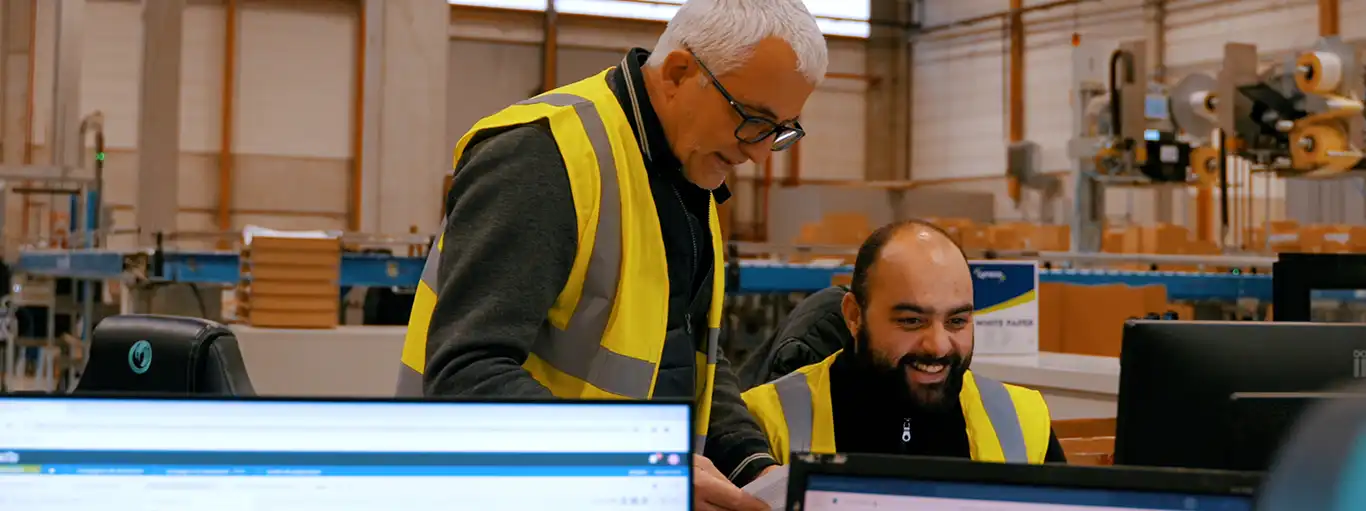Underestimating the importance of change management
Good software that is poorly adopted remains a bad investment. Resistance to change is a reality in any organization. It is necessary to provide support, explain, and reassure. You cannot impose a new way of working without taking the time to listen and provide support. A software project, no matter how good it is, can fail if it is poorly adopted. Change management is a cornerstone of the overall project.
Choosing a provider that is too rigid or too far removed from the field
Some publishers or integrators have solid tools, but lack proximity or understanding of operational realities. What is needed is a player who knows the field, adapts, and stays close. Not just another supplier, but a true co-pilot.
Opting for a closed or non-scalable solution
The world of logistics is changing rapidly: new channels, new services, environmental pressures, customer expectations—everything is in flux. In this context, a fixed solution that is technologically locked or difficult to interface with quickly becomes a disadvantage. You need to choose an open, scalable platform that is built to adapt.



